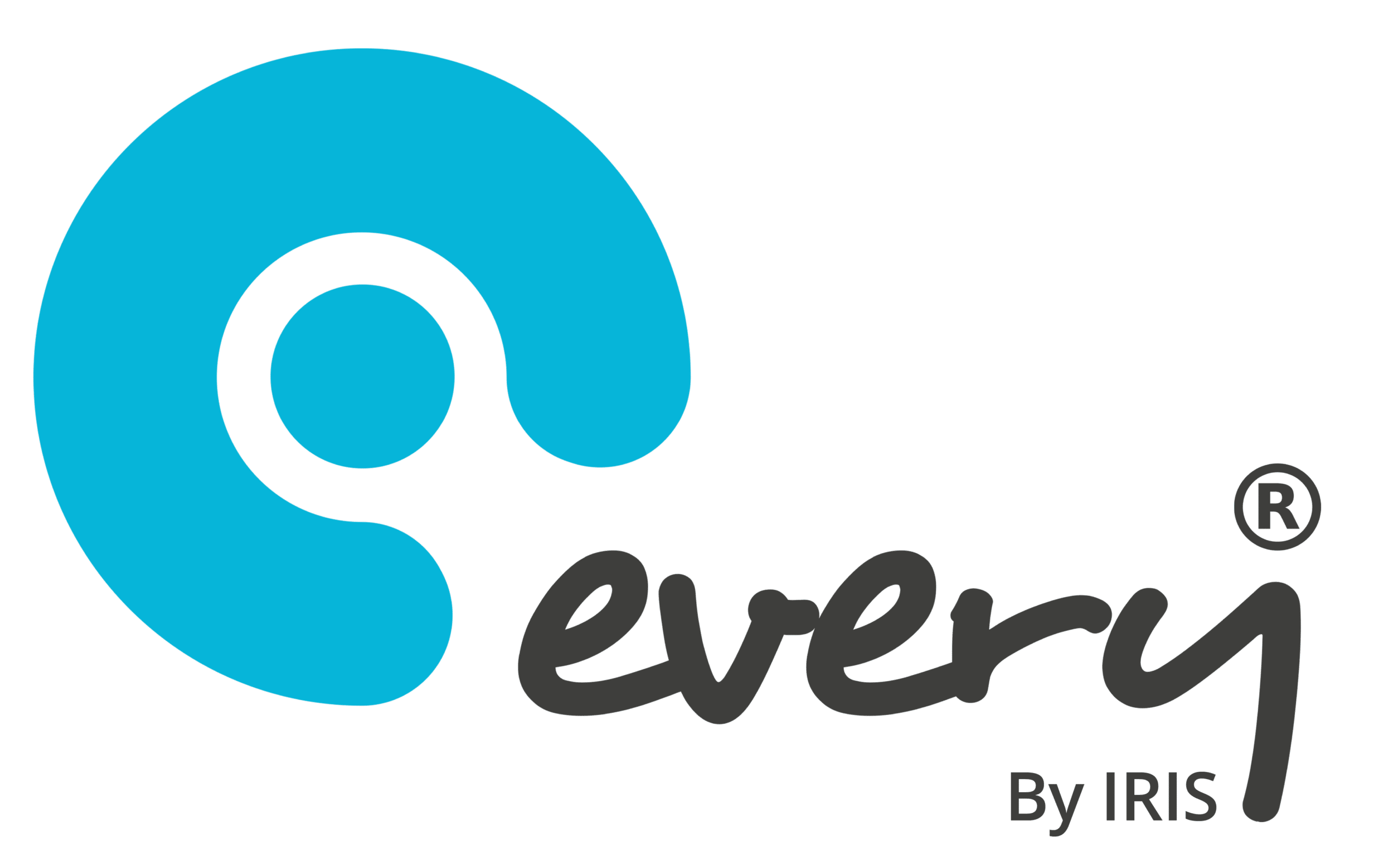Human resources (HR) is undergoing an exciting transformation. We’re seeing it move from the more traditional, transactional service into one that’s truly adding value to the staff it’s responsible for. But how true is this statement for HR within education? And how prevalent is holistic HR in schools and MATs?
They’re big questions that Alex Edwards (one of our Every HR By IRIS Specialists) set out to answer on a recent webinar.
Prefer to watch the webinar to get the insights? No problem! Just click the bottom below to view the session at a time that suits you.
Has HR moved from a transactional to value-add service?
To start the session, Alex was keen to hear attendees’ thoughts on what HR in education represents. Using a scale of one to five, he asked how far they agree with the statement ‘HR has moved from a transactional to value-add service’. One stood for ‘not at all’ and five stood for ‘completely’.
All attendees scored the three or less, a consensus suggesting that HR still has a way to go before it’s in its ‘modern’ era. And you can’t talk about modern HR without looking at one of the sector’s biggest buzzwords of the moment: holistic.
What is holistic HR?
By definition, holistic represents the ‘belief that the parts of something are interconnected and can be explained only in reference to the whole’. Translating this into more relatable terms, and holistic school/trust HR:
- Emphasises the employee experience
- Manages the entire employee lifecycle
- Addresses employee needs
- Focuses on creating a positive work environment
- Provides targeted development opportunities
- Enhances employee satisfaction and engagement
A lot of the work we do with trusts is looking at the data they're collecting in different areas of HR. This could be via spreadsheets, surveys, or even paper files for the more day to day tasks.
Data transforms into a more holistic tool when you take the time to consider how you can make the best use of it to improve how you’re delivering HR.Alex Edwards, Every By IRIS Specialist
Modern recruitment and retention in schools
Honing in two of HR’s core responsibilities, school staff recruitment and retention, Alex raised the constant nature of these tasks in education – and the impact of getting them wrong. However, as HR progresses and modernises to meet the changing needs of the staff it’s accountable for, there’s tangible ways to improve recruitment and retention rates.
Taking a holistic approach to HR, one that’s cohesive from the moment an applicant applies for a role to when they leave or retire, puts emphasis on a positive employee experience. Your people should feel as though they’re getting the support they need to both perform to the best of their abilities and deliver the best outcomes for students. By showing this investment of time, care, and consistency into staff, you’re enforcing that the primary function of your school or MAT’s HR department is to look after its people.
Creating and maintaining a positive work environment
Yet you can’t achieve this sense of care without looking at the working environment and evaluating how positive it is. Plus, how you can boost this further.
A HR team’s ability to react to certain bits of data, like absences or performance, is one of the biggest differentiators in its ability to support staff.
When you’re more proactive than reactive, holistic HR is more achievable.Alex Edwards, Every By IRIS Specialist
Take attendance – the earlier you can spot staff absence trends, the faster you can initiate the necessary conversations with the employee and work to put strategies in place to improve attendance.
Addressing staff needs with flexible working requests
Earlier this year, the government introduced changes to flexible working. We’ve heard from numerous trusts looking at ways to implement flexible working processes as a means to boost staff retention (and contribute to more positive work environments).
For instance, you might have an employee who’s consistently late on a Friday morning because they have to do the school run. If this late goes unaddressed, it’s likely to cause stress for both the member of staff (who could be hitting absence triggers) and the HR team having to deal with the issue. But, if you have a process or system in place that helps you to spot such patterns early, HR teams (and the employee) are more empowered to have a conversation that finds the most proactive way of accommodating this particular responsibility.
Looking at the changes to how and who can make requests for flexible working, in this case, the employee could be allowed to start half an hour later (once they’ve finished the school run). A small change can have huge benefits, like reducing the employee’s stress around their attendance record. It also puts your school or trust in a better light, demonstrating you understand your people’s needs and enforcing the HR department takes its duty of care seriously.
Providing targeted development opportunities
On this note, as the team that’s most accountable for staff development, there’s plenty of insight to be drawn from HR data to encourage progression. From using absence data to spot where there’s consistent inefficiencies in a department to using performance data to highlight training gaps or needs, understanding what data is telling you is key to creating opportunities which benefit staff – not to mention the students they’re teaching.
Managing the entire lifecycle
Yet what all modern, holistic HR management has in common is the complete employee lifecycle. As a parting message to the webinar’s attendees, Alex encouraged them to consider the following point. All schools and MATs have onboarding and offboarding process in place, but what happens in-between is of equal importance.
Clear communication is key for a proactive HR function. Take performance, for instance:
- How do staff understand their performance?
- Do they know what standards they’re being held against?
- Is there a clear objective setting pathway to improve performance?
- How do staff find this out?
- Can they readily access training, and how are you identifying the resources they need?
- Are staff able to request development opportunities to support them to step into a role with more responsibility?
If both employees and HR are on the same page about the above points, then the experience for all involved becomes more proactive, advantageous, and rewarding. As HR continues to modernise and flex to changing employee expectations, communication needs to underpin every facet of the department’s functions. And we’re here to help.
Every HR By IRIS
Our school HR software, Every HR By IRIS, is trusted by schools and MATs up and down the country to support more holistic HR functions.
To find out more or see the system in action, get in touch with our friendly team.



